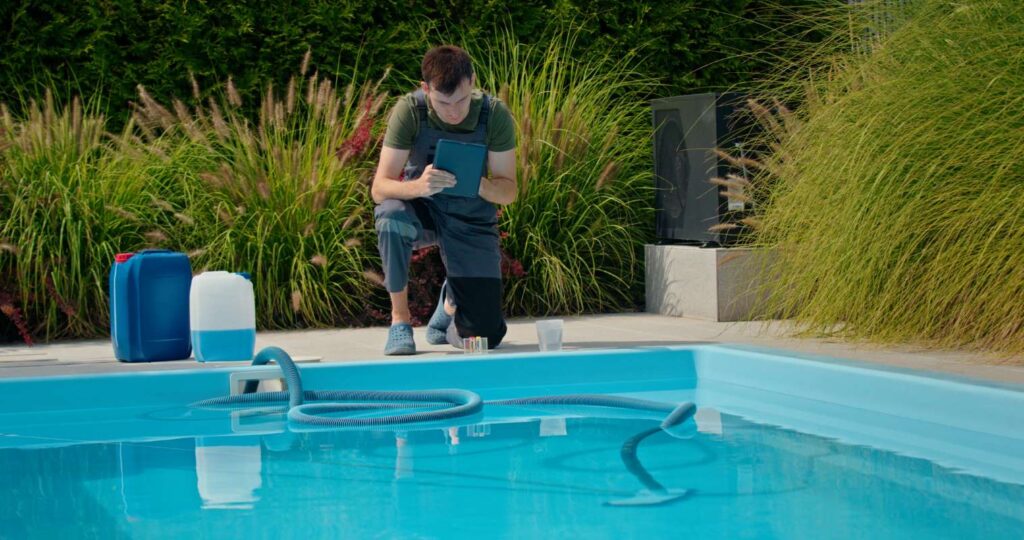The effectiveness of managing client expectations is crucial for the success of any business relationship. Discover how setting clear expectations can transform client interactions.
The Power of Set Expectations in Client Management
Setting clear expectations is the cornerstone of successful client management. Understanding and communicating what clients can expect from your services is essential for fostering trust and satisfaction. This blog post will delve into the importance of setting expectations, the various elements involved, and practical strategies to enhance client relationships through effective expectation management.
In the world of client management, the power of set expectations cannot be overstated. When working with clients, whether in a service-oriented industry or a product-based business, clear communication is vital. Clients often come into relationships with preconceived notions, hopes, and demands. If these are not explicitly addressed, misunderstandings can arise, leading to dissatisfaction, frustration, and even the loss of business. Thus, mastering the art of setting expectations is crucial for any professional aiming to maintain strong, productive client relationships.
This article will explore several key aspects of expectation management, including the psychological impact of expectations on clients, techniques for effective communication, and the role of technology in streamlining client interactions. We will provide actionable tips to help you improve your client management processes, ensuring that both you and your clients are on the same page.
The Psychological Impact of Expectations
Setting expectations has a profound psychological impact on clients. Research shows that when clients have clear expectations regarding timelines, deliverables, and communication, they are more likely to feel satisfied with the overall experience. Conversely, vague or unmet expectations can lead to disappointment.
For instance, a study published in the Journal of Consumer Research found that people form stronger emotional reactions based on their expectations than on the actual outcomes of experiences. This means that if clients anticipate a certain level of service and it is not delivered, their dissatisfaction will be amplified, which can significantly affect their loyalty.
Furthermore, managing client expectations does not solely involve ensuring that you meet their needs; it also includes setting realistic timeframes and achievable goals. By being upfront about what clients can realistically expect, you can mitigate potential disappointments and foster a more trusting relationship.
Effective Communication Strategies
Effective communication is paramount when it comes to managing client expectations. One of the most vital aspects of this communication is clarity. Use straightforward language when discussing services, timelines, and deliverables to avoid any misinterpretations.
Additionally, regular check-ins throughout the project or engagement can be invaluable. These touchpoints give you the opportunity to reassess expectations and address any emerging concerns. For instance, if you are a pool service professional, you might check in with clients after the first service to discuss their satisfaction and adjust future services accordingly.
Moreover, providing clients with written documentation outlining the services to be provided can help reinforce these expectations. This can include contracts, project outlines, or even simple emails summarizing discussions. The key is to ensure that all parties have a shared understanding of what is to come.
Leveraging Technology for Expectation Management
In today’s digital age, technology can play a significant role in managing client expectations. Implementing tools such as client management software and communication platforms can streamline interactions and keep clients informed.
For instance, using a pool service app can allow clients to track their service schedules, view invoices, and communicate with technicians directly. This level of transparency not only helps manage expectations but also enhances client satisfaction. Tools like [Pool Biller Software](https://ezpoolbiller.com/) offer features that automate billing, service tracking, and client management, making it easier for professionals to keep clients informed.
Furthermore, automated reminders for appointments and due payments can help ensure that clients are aware of what to expect and when. This proactive approach to communication significantly reduces misunderstandings and fosters a more positive client experience.
Best Practices for Setting Expectations
To effectively set and manage client expectations, several best practices can be adopted. First and foremost, always underpromise and overdeliver. This strategy helps buffer against potential disappointments by ensuring that even if you don’t meet a client’s ideal expectation, you still deliver satisfactory results.
Additionally, be proactive in discussing potential challenges. If there are factors that could delay service delivery or affect project outcomes, communicate these early on. Clients will appreciate your honesty, and it will help build trust in your professional relationship.
Moreover, after project completion, consider soliciting feedback. This not only shows clients that you value their opinions but also provides valuable insights that can enhance your service delivery in the future. Implementing changes based on client feedback can significantly improve future client interactions.
Building Long-Term Relationships through Expectations
Setting proper expectations is not just about managing individual projects; it’s also about building long-term relationships. When clients feel that their expectations are consistently met or exceeded, they are more likely to return for future services and refer others to your business.
Regular communication and feedback loops create a cycle of trust and reliability. Clients who know they can rely on you to meet their needs will become advocates for your brand, which is invaluable for business growth.
Moreover, offering personalized experiences based on client preferences can further strengthen these relationships. By understanding what each client values most, you can tailor your services to meet those specific needs, ensuring that expectations are not only met but surpassed.
Tools and Resources for Managing Expectations
There is a range of tools available to assist with expectation management in client interactions. From project management software to simple scheduling tools, leveraging technology can help simplify processes and improve client relations.
Consider using platforms that allow for easy task assignments, deadline tracking, and document sharing. Tools like [pool service software](https://ezpoolbiller.com/) can streamline your operations and enhance your ability to meet clients’ needs effectively.
Additionally, investing in customer relationship management (CRM) systems can help you track client interactions, manage expectations, and streamline communications. CRMs enable you to collect and analyze client data, helping you tailor your services and improve your approach over time.
Conclusion
In summary, the power of setting expectations in client management cannot be overlooked. By understanding the psychological impacts of expectations, employing effective communication strategies, and leveraging technology, you can transform client relationships and foster higher satisfaction levels.
As we have discussed, managing client expectations is not merely a one-time event but an ongoing process that requires attention and adaptation. Building trust and maintaining open lines of communication will ensure that both you and your clients are on the same page, paving the way for successful collaborations.
Take the time to implement these strategies in your client management practices, and you will likely see a positive shift in your client relationships. Start today by integrating tools like [service company software](https://ezpoolbiller.com/) to enhance your client interactions and optimize your service delivery.




